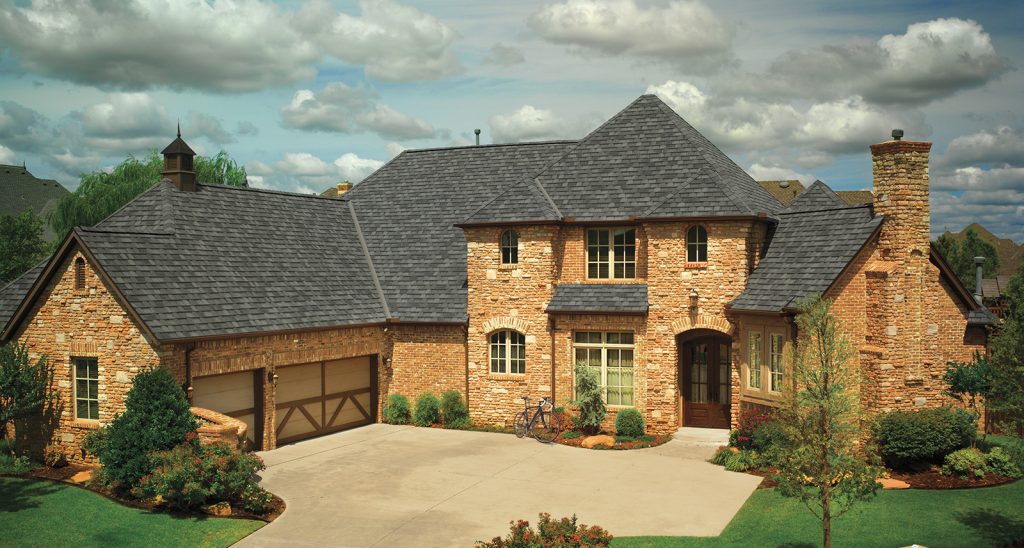If you’ve ever had work done on your roof, you may have noticed that roofing companies have their own kind of lingo, so you can be speaking the same language as them and still be confused. At Muth & Company Roofing, we want you to be able to confidently understand your project, so here are a few of the most common roofing terms you should be familiar with.

Decking. The boards attached to rafters that make up the structural base of the roof and upon which roofing materials are applied.
Drip edge. A metal strip which is attached the lower edge of the roof that allows water to drip down into the gutter instead of behind it, where moisture can cause damage to the decking, siding and eaves.
Fascia. A flat, decorative board that covers the rafters where the roof and the outside walls of the house meet.
Fire rating. A classification system used to indicate the fire resistance of certain roofing materials, with Class A being the most resistant to fires starting outside the building, and Class C being the least resistant. A roof that doesn’t meet any of the Class A-C requirements is unrated.
Flashing. Pieces of metal, or sometimes rubber, that are used to prevent water from entering the home at intersections and around openings in the roof, such as valleys, chimneys and vent pipes.
Hip roof. A roof with four roof planes coming together at a peak and four separate hip legs.
Ridge. The highest point where two sloping roof surfaces facing opposite directions meet, forming a horizontal line that runs the length of the area.
Soffit. The material that covers the underside of a roof overhang, which protects the rafters from the elements and, when vented, allows for air circulation in the attic.
Valley. An area where two adjoining roof planes intersect on a roof, creating a V-shaped depression.
If you have concerns about the condition of your roof, give Muth & Company a call at (614) 682-3060 to schedule your FREE consultation. With your new understanding of basic roofing terms, you will be able to make an informed decision about the care of your roof.


